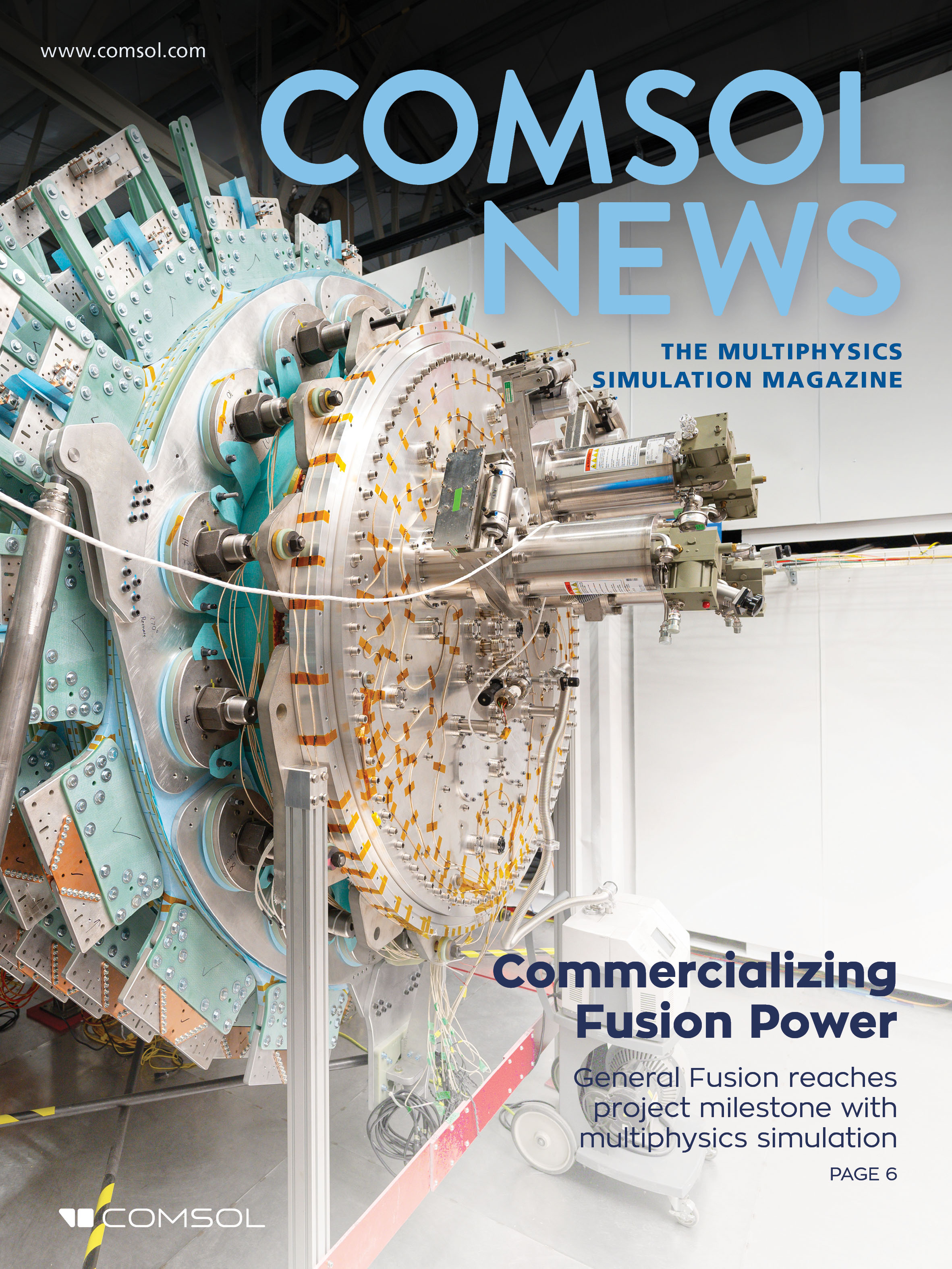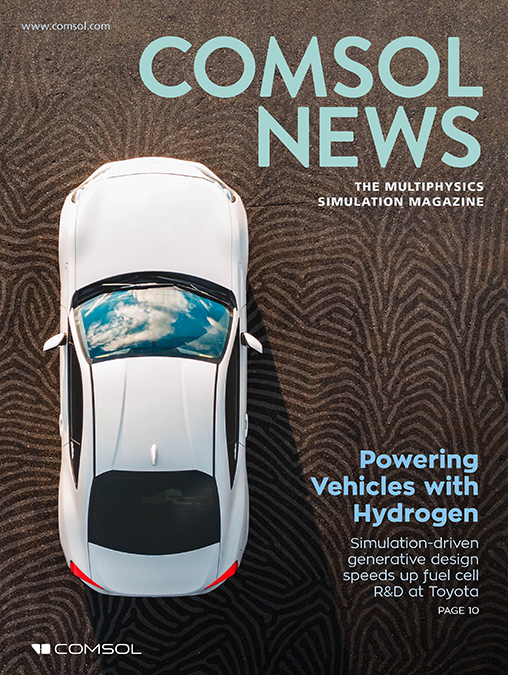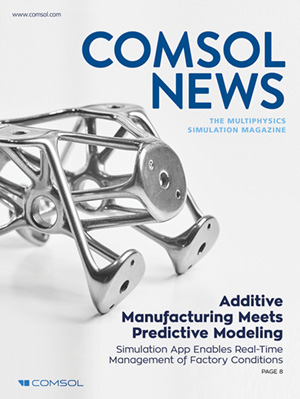Die neuesten Berichte von COMSOL-Anwendern finden Sie in COMSOL News und Multiphysics Simulation.
Pinggao Group uses simulation apps and digital twins to design electric power system components. The apps have been downloaded thousands of times throughout the company's engineering teams. Mehr lesen
Baker Hughes erzielt eine Einsparung von 30 % bei den Prototypenentwicklungskosten durch den Einsatz von 3D-Ultraschallsimulationen zur Optimierung von Wandlern, die für die Prüfung von gefördertem Öl und Gas verwendet werden. Mehr lesen
Biopharmaceuticals are expensive to develop due to their complex molecular structure, the specialized manufacturing processes they require, and the regulatory requirements on the industry. Life sciences company, Sartorius, turns to multiphysics simulation for help. Mehr lesen
General Fusion hat mithilfe von Multiphysik-Simulationen erfolgreich eine Fusionsdemonstrationsanlage entwickelt und optimiert. Die Anlage erzeugt nun regelmäßig Plasmen. Mehr lesen
By using simulation apps and machine learning techniques, USM researchers are laying the groundwork for UUVs capable of autonomously and accurately revealing what lies beneath the waves. Mehr lesen
IAV developed an approach for combining sodium-ion and solid-state lithium iron phosphate battery technologies to form a less expensive and more ecofriendly system that can handle EVs. Mehr lesen
In this Q&A, Michele Colloca of Sonion discusses the main challenges in designing hearing aids and how modeling and simulation helps accelerate R&D. Sonion is a global leader in designing and manufacturing components for hearing instruments and for the professional audio segment. Mehr lesen
iBMB, a spin-off of the University of Basilicata, developed a simulation app to help oncologists better monitor and assess solid tumor progression for breast cancer. The app is ready for implementation in a clinical setting. Mehr lesen
Wood Thilsted, ein führendes Unternehmen im Bereich Offshore-Technik, nutzte Strukturanalysen, um Bootsanlegestellen zu entwerfen, die den unerbittlichen Kräften des Meeres und den häufigen Interaktionen mit 200-Tonnen-Schiffen standhalten können. Mehr lesen
NASA combines thermal modeling and experimental testing to find the best compressor design for the system that keeps the air breathable at the International Space Station. Mehr lesen













